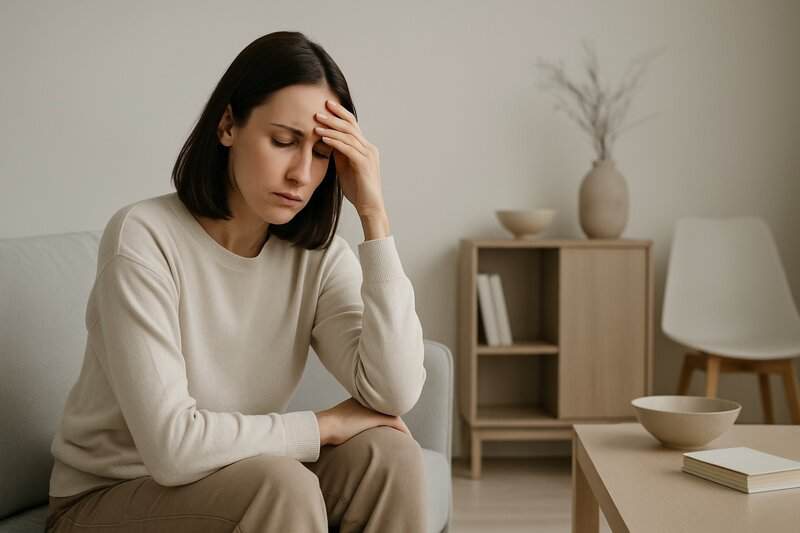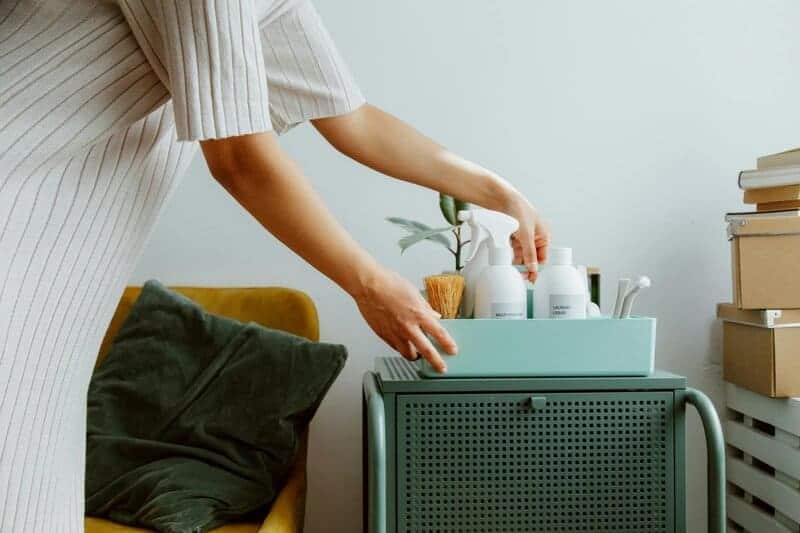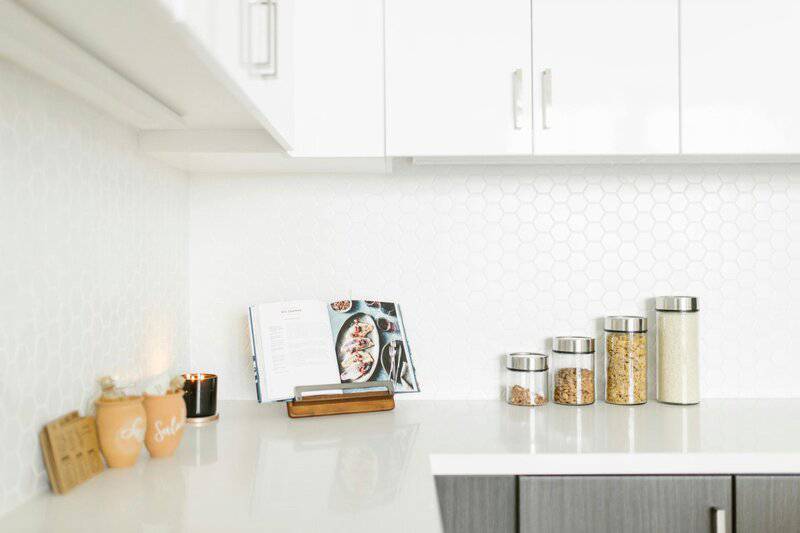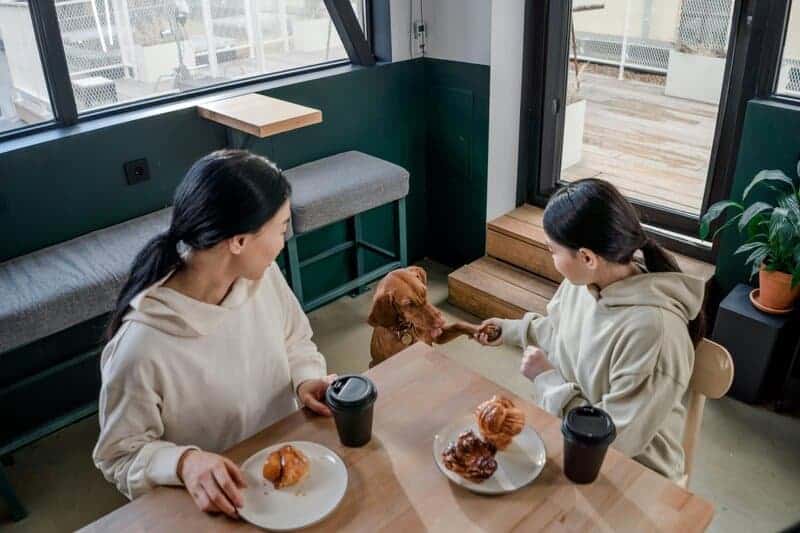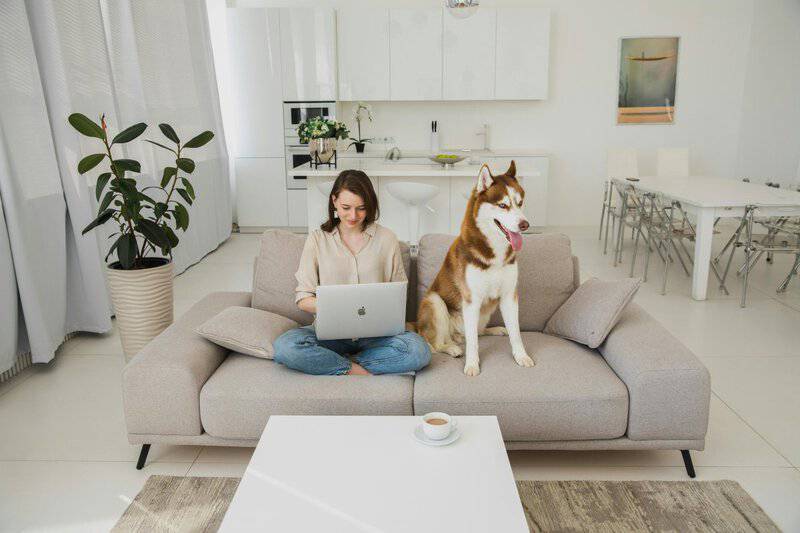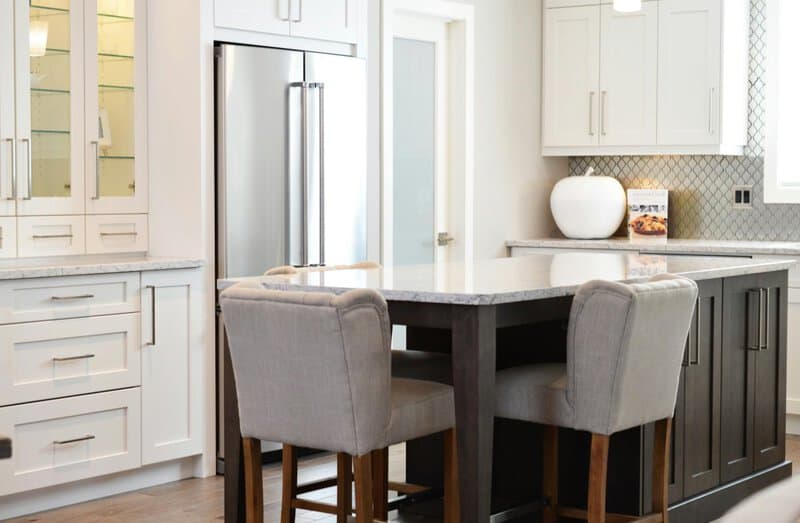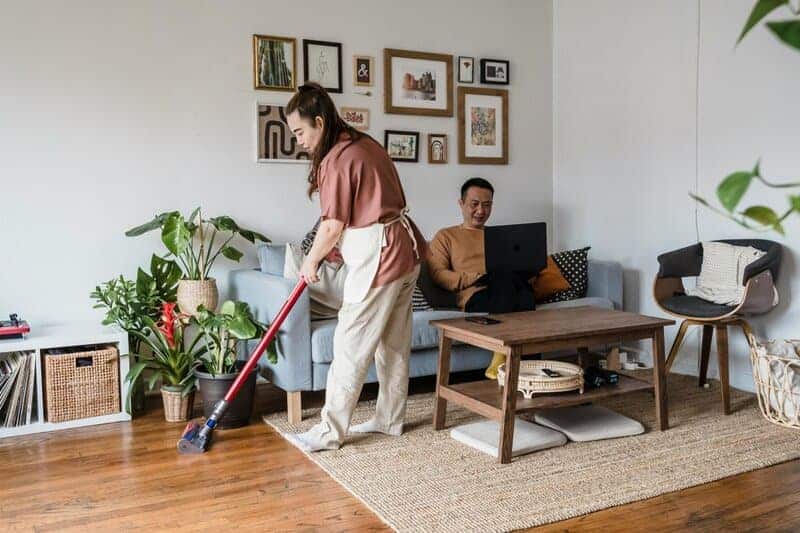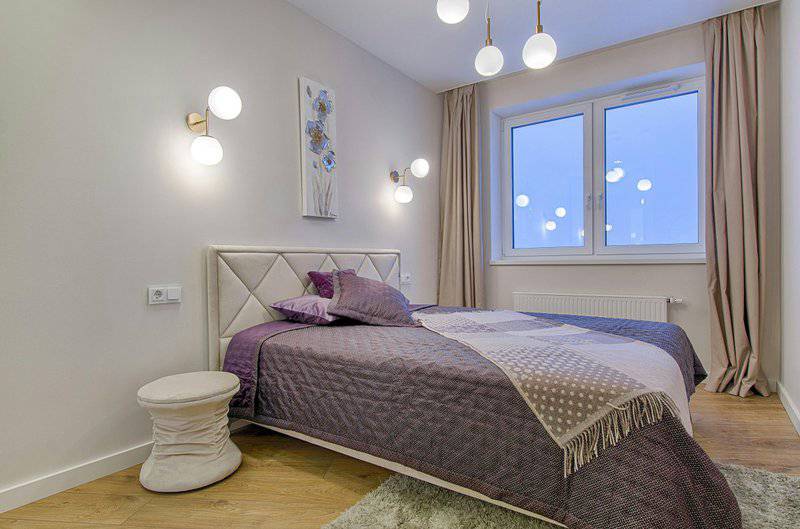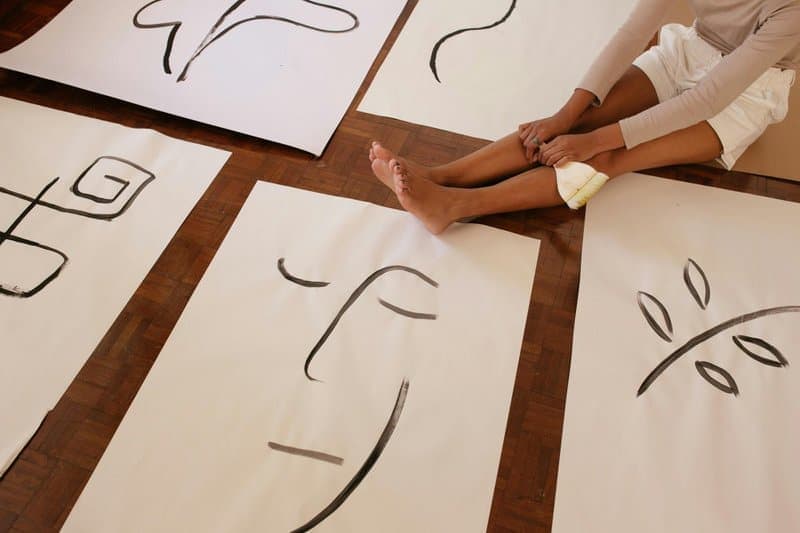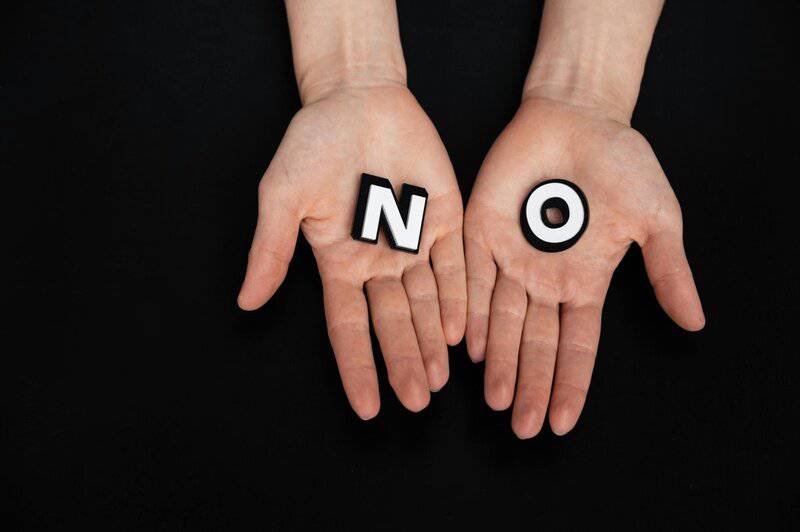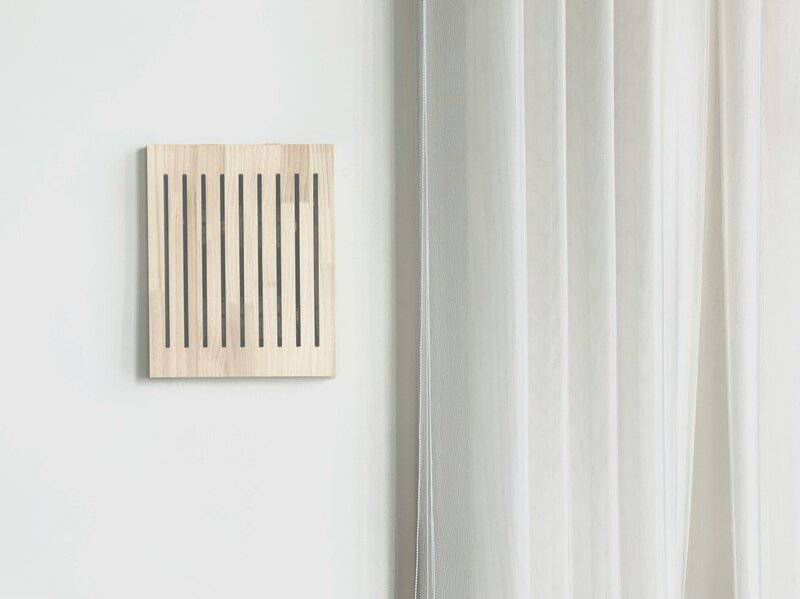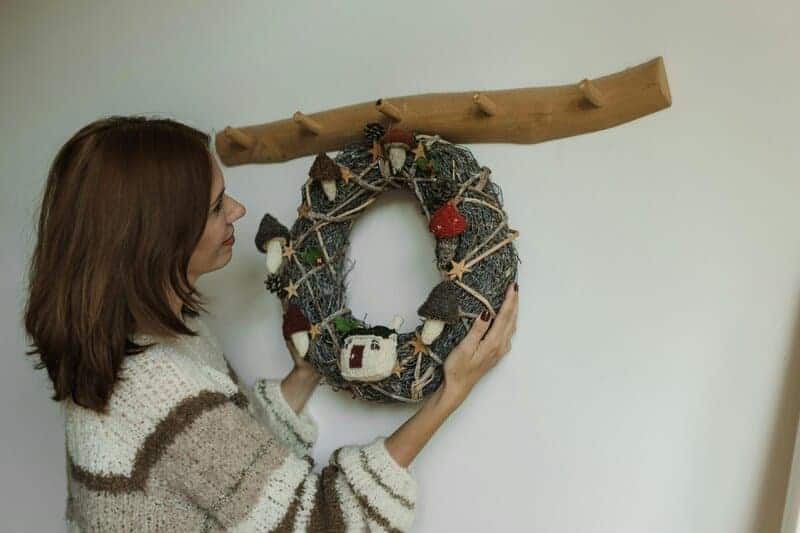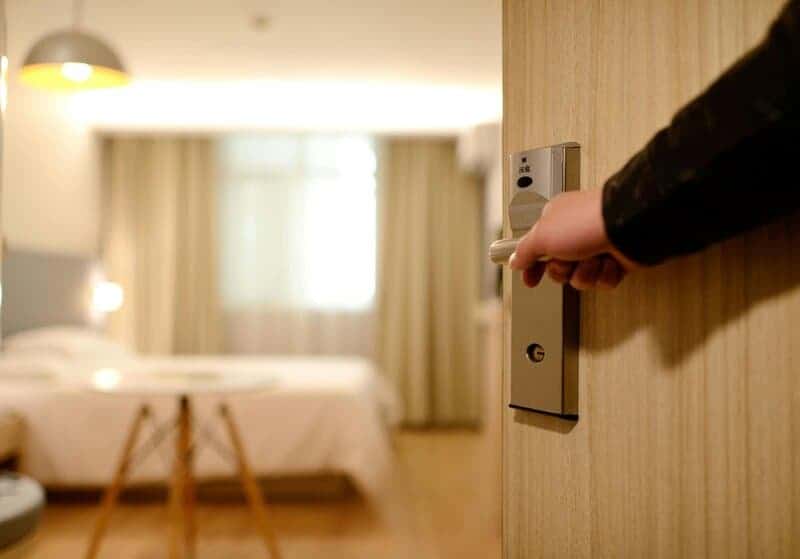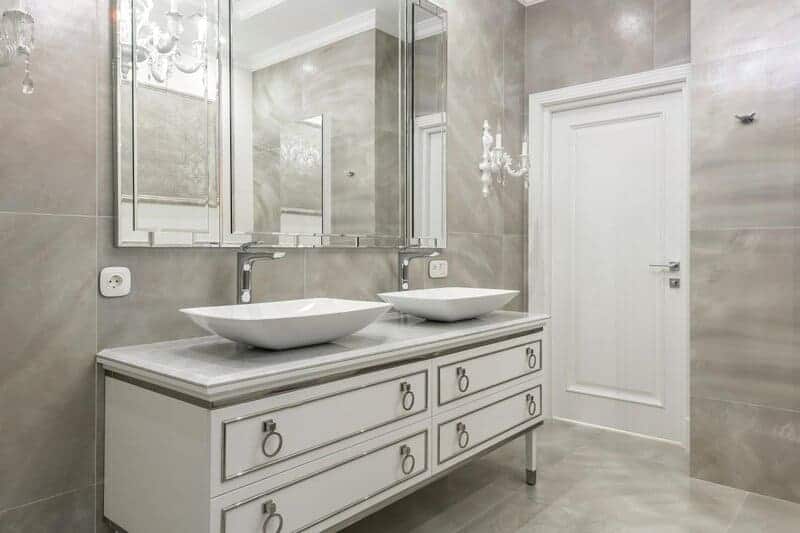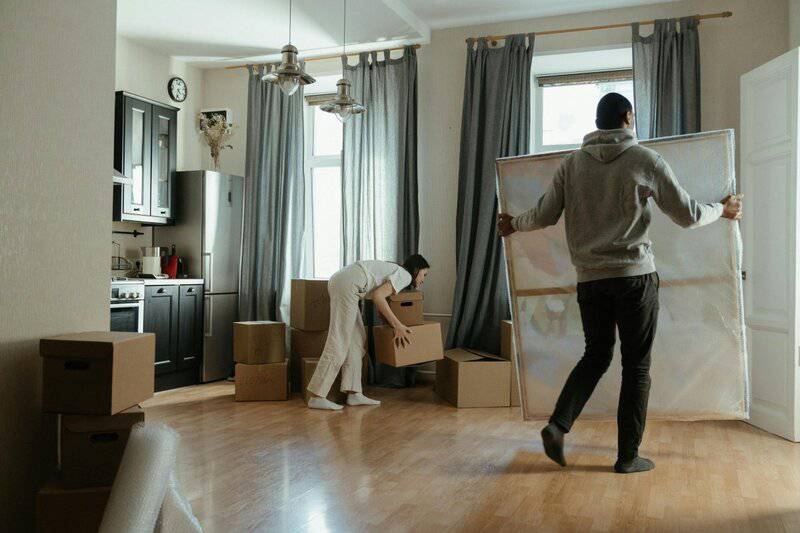Minimalism in interior design is often celebrated as the ultimate path to peace at home. Magazine spreads and social media feeds showcase pristine spaces, free of clutter and filled with calming neutrals. The promise is simple: strip away the excess, and tranquility will follow. For those overwhelmed by chaos, this streamlined aesthetic seems like a dream come true. However, the reality of living in a minimalist home is rarely as effortless as it appears. Many who pursue this lifestyle soon discover a host of unexpected, everyday struggles that challenge the very sense of calm minimalism is meant to provide.

